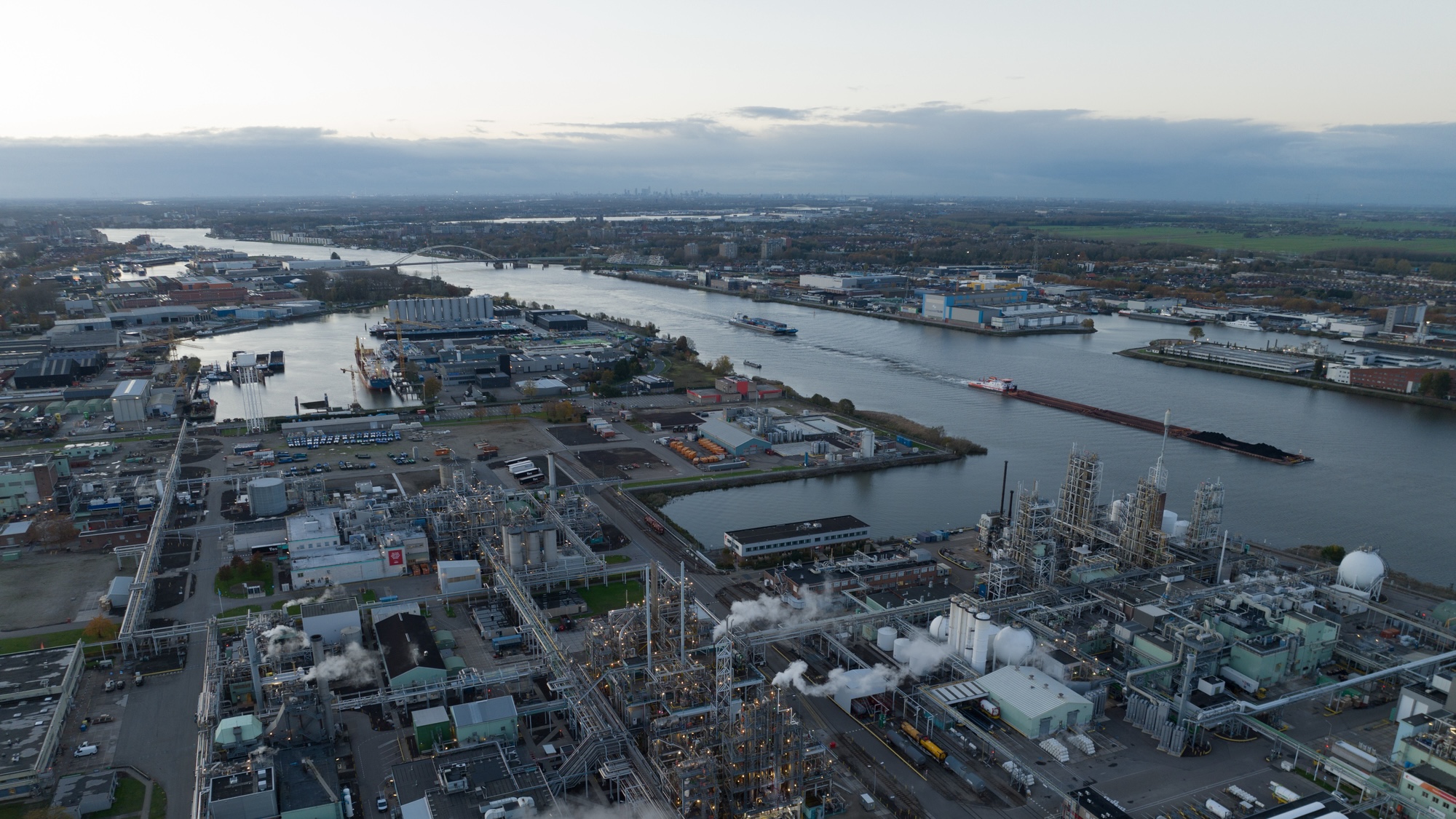

A new, comparatively gentle cleanup method reportedly eradicates 100 percent of certain “forever chemicals” overnight by combining a simple chemical solution and visible LED light. The results, published last month in the journal Angewandte Chemie International Edition, also indicate the breakthrough effectively separates fluorine ions for recycling, a key component for clean energy production and pharmaceuticals.
Along with microplastics, poly- and perfluoroalkyl substances (PFAS) are considered some of today’s most pressing environmental pollutants. Known for their long lifespans as well as their excellent resistance to heat and water, these “forever chemicals” have been found in everything from nonstick cookware, to firefighting foam, to clothing (not to mention inside the human body) since Teflon’s arrival in 1938. Unfortunately, mounting evidence shows PFAS, like their microplastic relatives, cause countless health issues like hormone disruption and cancer. And as their name suggests, these accumulations of “forever chemicals” will linger in environments as remote as Antarctica for generations unless addressed.

Recent advances offer a number of ways to safely destroy waste PFAS, but these approaches are often costly, energy-intensive, and complicated. This new system developed by a research team at Japan’s Ritsumeikan University, however, only needs “mild conditions” of just 100-degrees Fahrenheit. Although not the most comfortable for humans, it’s far cooler than the average 752-degrees Fahrenheit currently needed to break down most PFAS.
As New Atlas explains, the team first creates a solution using semiconductor nanocrystals of cadmium sulfide (CdS), some which are altered with copper, along with the compound triethanolamine (TEOA) and water. PFAS, in this case perfluorooctanesulfonate (PFOS), is then mixed into the solution and exposed to 405-nanometer wavelength LED lights for an extended period of time to initiate a photocatalytic reaction. During this phase, the nanocrystals become excited and attract PFOS molecules. Meanwhile, electrons are also excited and amass enough energy to chemically react with the molecules, breaking down their carbon-fluorine bonds to allow for the removal of the forever chemical’s fluorine ions.
[Related: ‘Forever chemicals’ detected in paper and plastic straws.]
After just eight hours of exposure to the visible LED lights, researchers achieved a 100-percent defluorination in their PFOS samples. The team also successfully removed 81 percent of fluorine ions from Nafion after 24 hours of irradiation. Nafion, a fluoropolymer, is often used as an ion-exchange membrane within electrolysis and batteries.
“The proposed methodology is promising for the effective decomposition of diverse perfluoroalkyl substances under gentle conditions,” Yoichi Kobayashi, an applied chemistry professor at Ritsumeikan University and study lead author, said in an accompanying statement on July 23, adding that he believes further optimization could soon “significantly [contribute] towards the establishment of a sustainable fluorine-recycling society.”